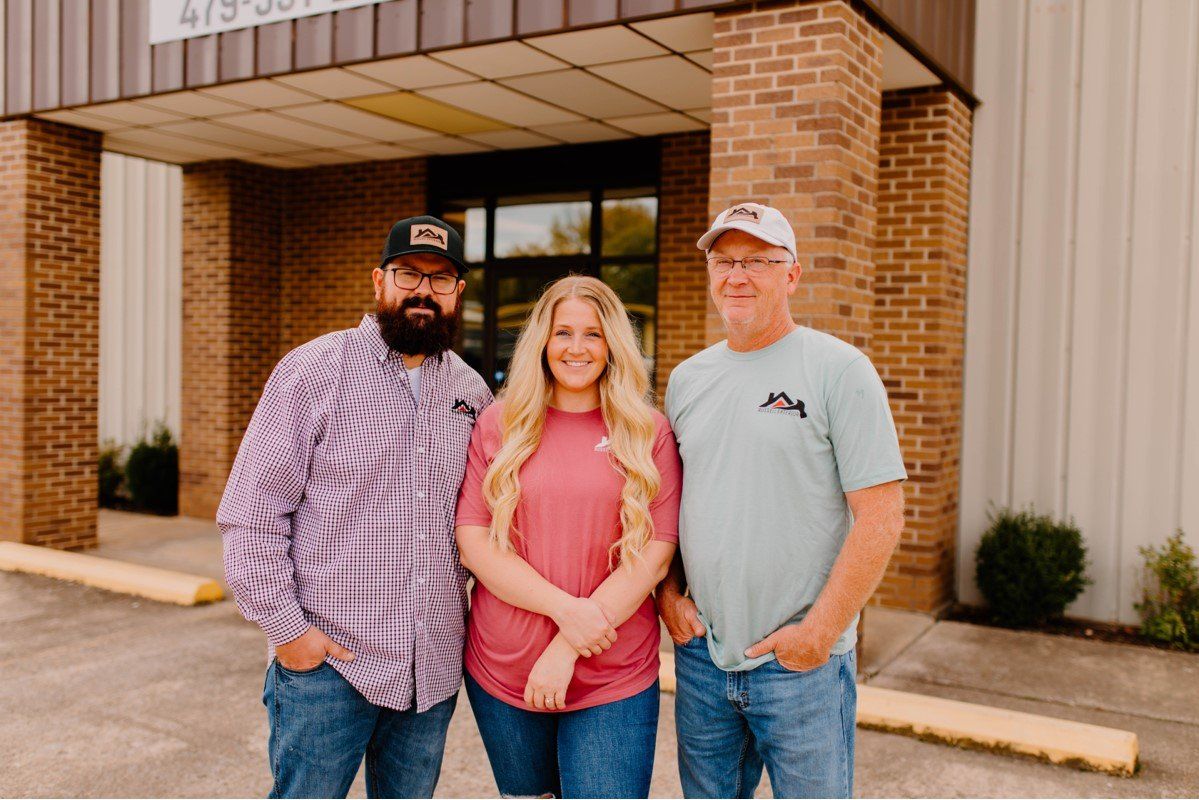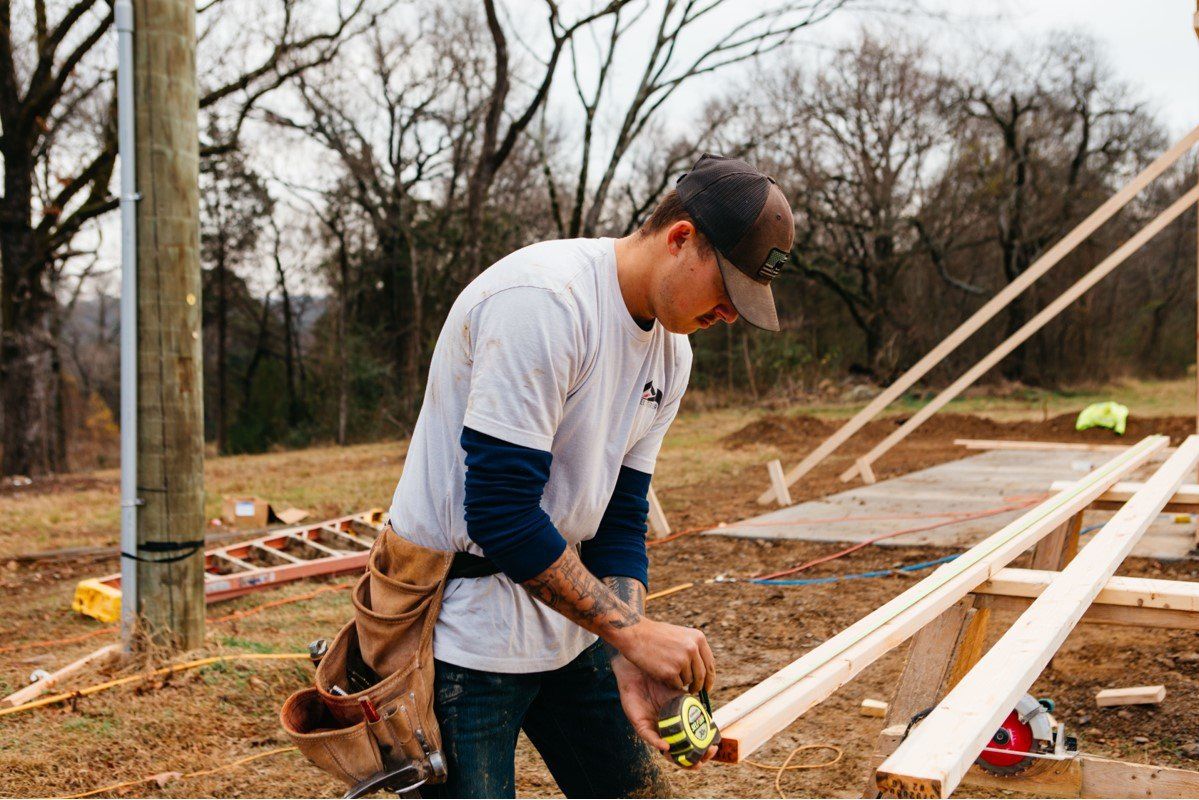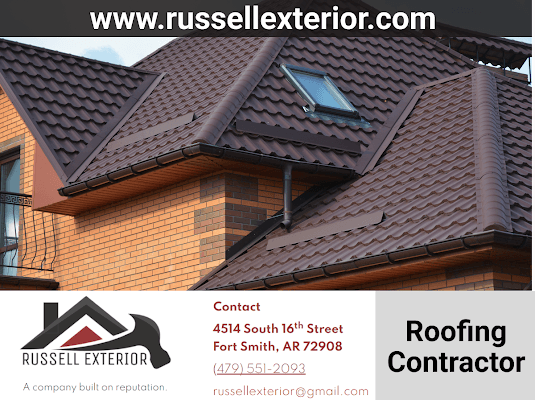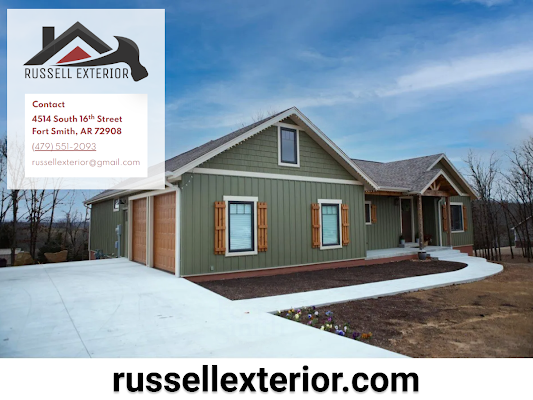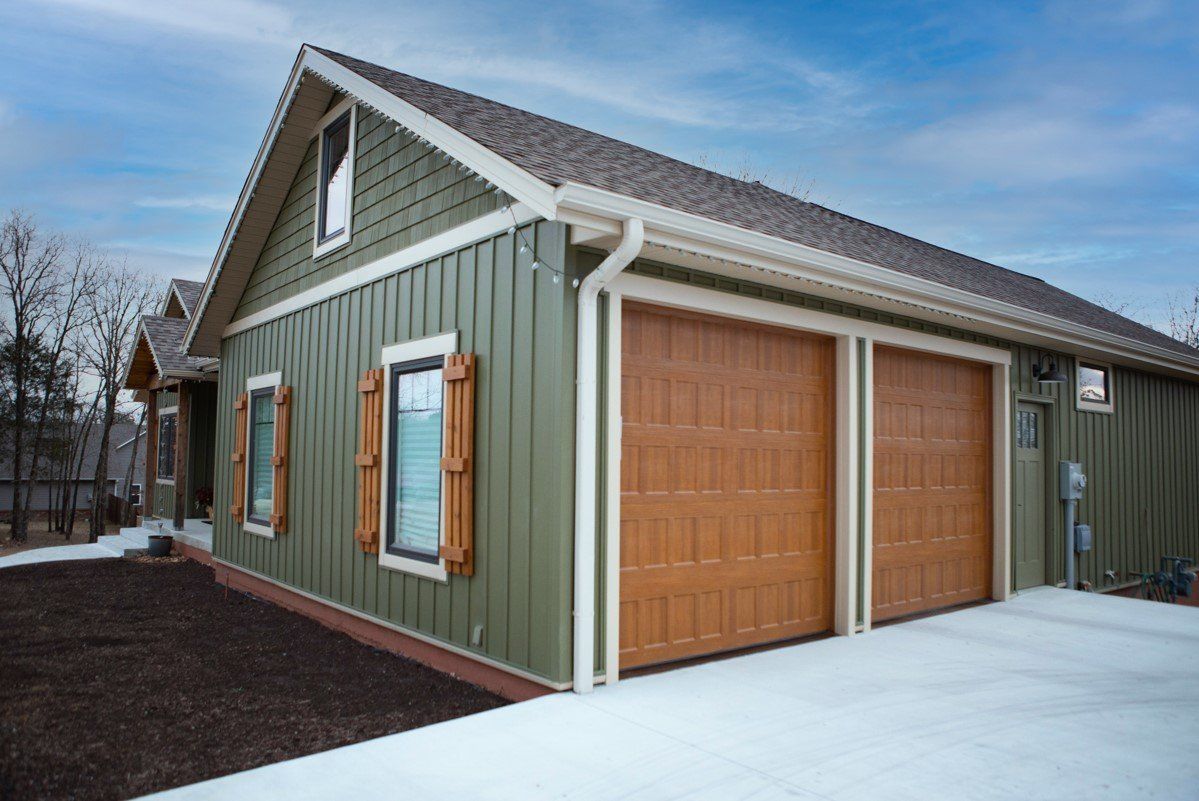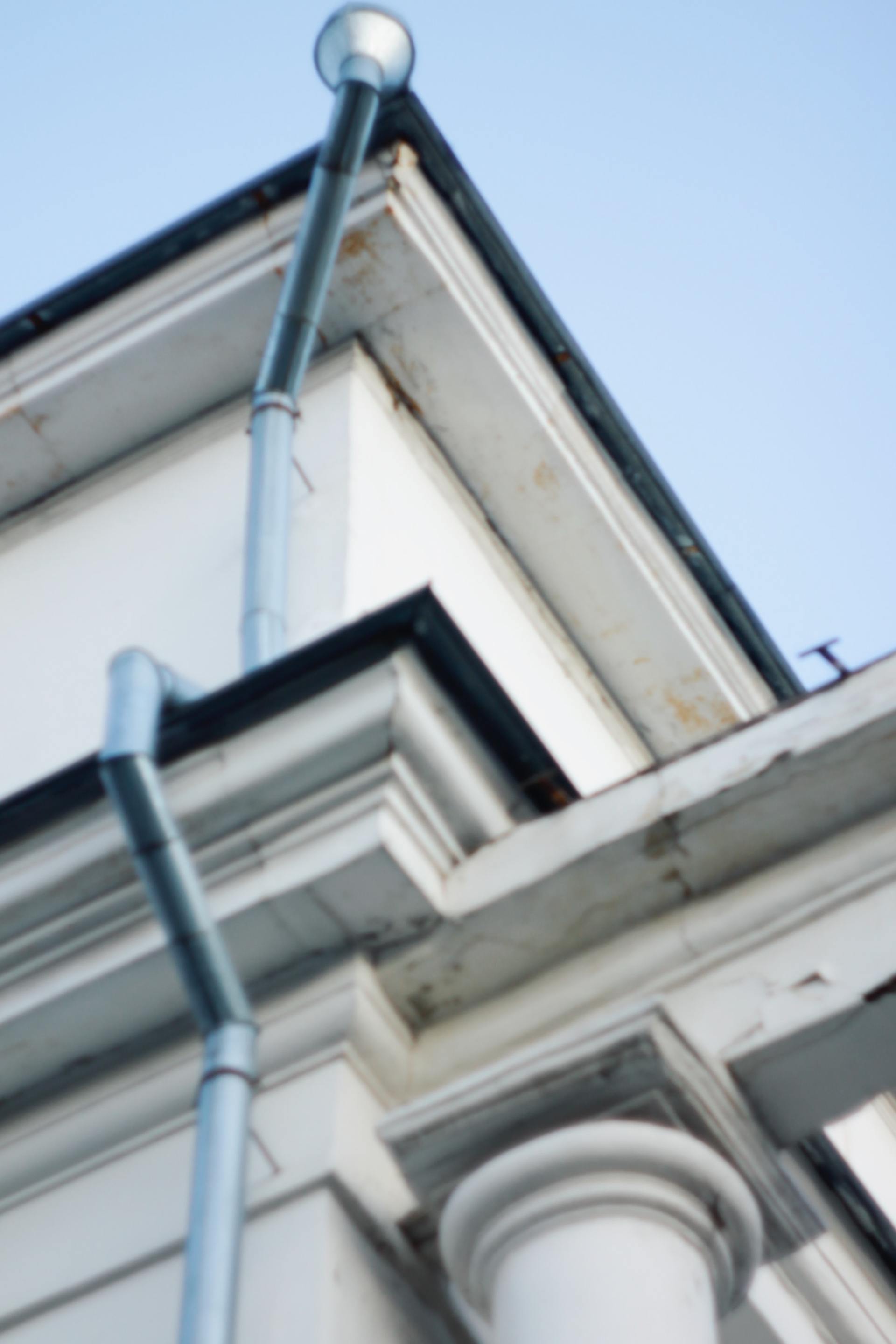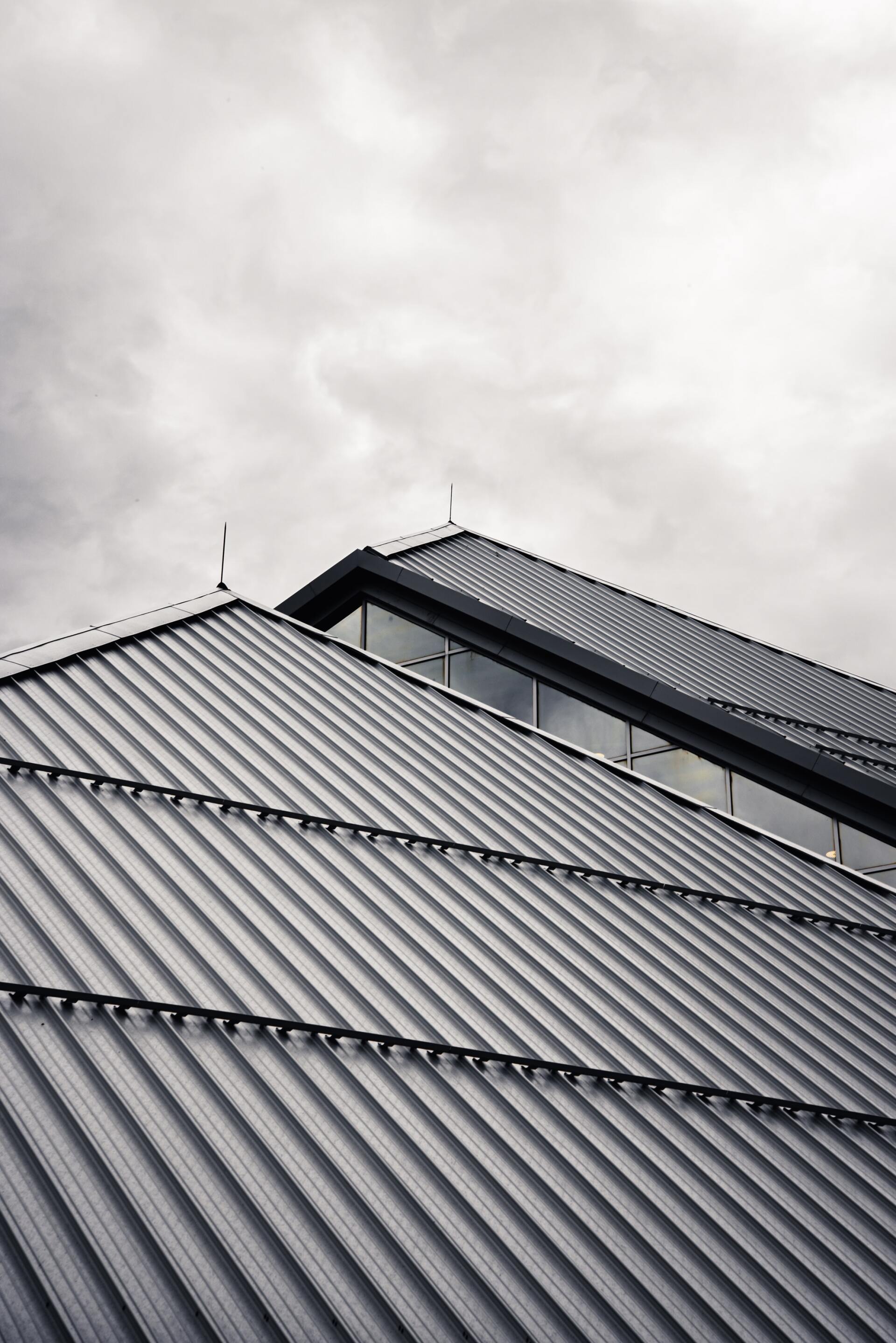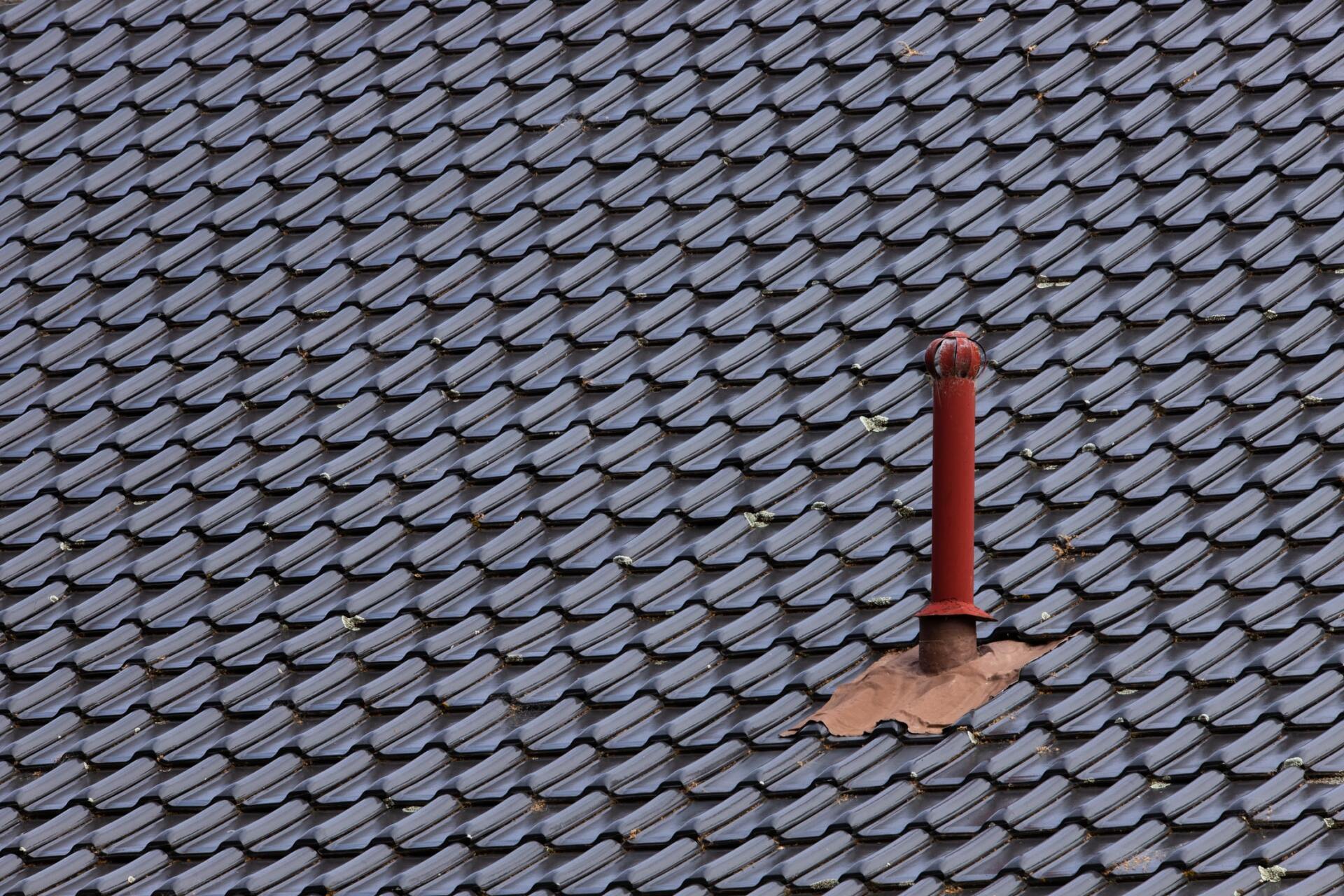How to choose the best roof for your home?
How to choose the best roof for your home?
Choosing the right roof for your home can be a tough decision. There are many different considerations to make, and even more products on the market. This blog will help you decide which type of roof is best for your home and what factors you should consider when choosing one. To choose the right roof, it's important to know what types of roofs exist by looking at their pros and cons.
For instance, metal roofs have a long life span, but they're expensive upfront costs. Some people also worry about the safety hazards that come with metal roofs because if someone falls off of them there is no good way to catch them before they hit the ground below! One of the most popular types of roofs is a shingle roof. This type is affordable and can last for up to 50 years in some cases! Although it's not as expensive, you will likely have to replace your roof every 20-25 years because they deteriorate over time.
One common question people wonder about when choosing their roofs is how much rain or snowfall they should get. It's important to consider this fact before purchasing a new house and making sure that your home has enough shelter from storms coming through multiple seasons! When considering all factors like cost, lifespan, color options, etc., metal tends to be one of the best choices if you're looking for something long-lasting that won't need replacing anytime soon.
Evaluate the roof's age and condition
It is important to assess the condition of the roof so that you can take preventative measures against any future problems. There are many things you should look for when evaluating the roof's age and condition.
The age of shingles on your roof will tell you how long it has been since they were installed. If too much time has passed without replacing them, they may be deteriorating faster than usual because they're not getting any protection from sunlight or other elements. If there are signs that water is leaking into your home, then this could indicate that there are leaks in the roof.
The only way to find out if these are problems with the roof is to have a professional come out and inspect it for you. If you find that leaks are not the problem, then it could be a faulty chimney. Water damage in your home is nothing to take lightly and needs to be repaired as soon as possible so further damage can be prevented.
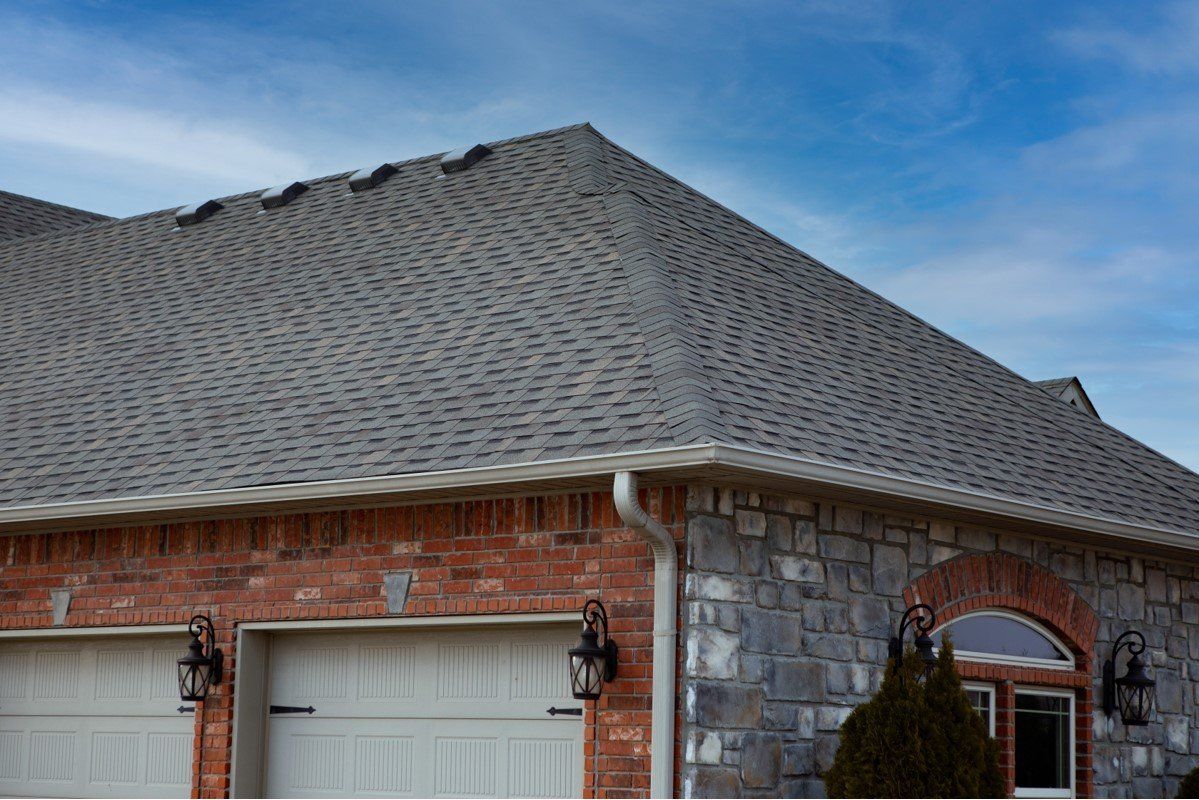
Consider the slope of your roof and how much snow falls in your area
If you're looking for a way to make your home more weather-resistant and less prone to leaks, consider the slope of your roof. The steeper it is, the better off you’ll be when the snow starts piling up on top. However, if we live in an area where there isn't much precipitation all year long or we don’t get too many heavy storms that dump lots of snow at once, then this may not matter as much as other factors like insulation strength and ventilation efficiency.
Roofing is an important consideration when deciding to buy a house. A roof can be the difference between having your home covered in snow and looking out onto a pristine winter wonderland or being destroyed by heavy snowfall. For this reason, you must understand your area's typical weather patterns so you know what kind of roof will best suit your needs.
Start by considering how much precipitation falls in the average year-long period for your location. This will help you determine whether or not you need a steeply pitched roof (for water run-off) or if any incline at all would suffice. If your area is prone to heavy snowfall, a steeper roof will help ensure that all of the precipitation slides off and you don't have major issues on your hands.
Figure out what type of materials you want for your roofs
There are a lot of factors to consider when deciding what type of material you want for your roof. You should be considering the shape and size, as well as whether or not it will need any extra reinforcement in certain areas. You’ll also want to think about how much time is needed to install the materials before making your decision because that can affect pricing.
What type of material do you want for your roof? Determining the type of materials that are best for your home is key to making sure that you get a durable, long-lasting roof. There are two basic types: asphalt shingle and metal roofs. Asphalt shingles can be made from recycled rubber or plastic materials, but they make up most of the roofing market. Metal roofs on the other hand are more expensive upfront but will last longer than asphalt shingle roofs and come with warranties that go up to 50 years. Choosing the right material will depend on your budget, climate, and how long you plan to live in the home.
Think about whether you want a flat roof or a sloped one
The decision to choose between a flat roof or a sloped one is an important one. The type of roof you pick has implications for your home’s curb appeal, how it looks in different weather conditions, and what the cost may be. We recommend that you consult with professionals like our company before making this decision so we can guide which style best suits your needs.
They protect you from the elements and create a space to live in comfort. When it comes time to make this decision, there are two main types of roofs: flat and sloped. A flat roof is typically cheaper than a sloped one because it does not require any additional materials like shingles or tiles on top of the existing material (usually asphalt). The only maintenance that needs to be done is clearing off snow or ice during winter months and occasionally checking for leaks. On the other hand, a sloping roof allows rainwater to run off more easily as well as provides an extra layer of protection against wind damage due to its insulation properties. There are benefits and drawbacks for both types so think about the pros and cons before making a decision.
Choose a color that matches with the rest of your home's exterior design
Choosing a color for your exterior paint can be difficult, but there are some factors to consider when choosing the perfect hue. First off, you need to think about what colors have been shown in your home's interior design and how they've blended with both natural light and artificial lighting. You also need to take into account if any of these colors were used as an accent or focal point in the house's layout.
Finally, it may help you narrow down which color is best if you decide on whether or not this will be your first time applying a coat of outside paint! If all else fails, try going back to basics: white goes well with almost anything! It's important to choose a color that matches with the rest of your home's exterior design so it doesn't stick out like a sore thumb and clash with everything else around it. If you're unsure about what color would best match your needs, hire an expert designer or go into a paint store and speak to one of their experts about what colors work well together and which ones might not be such a great idea if this is going to be visible from far away.
